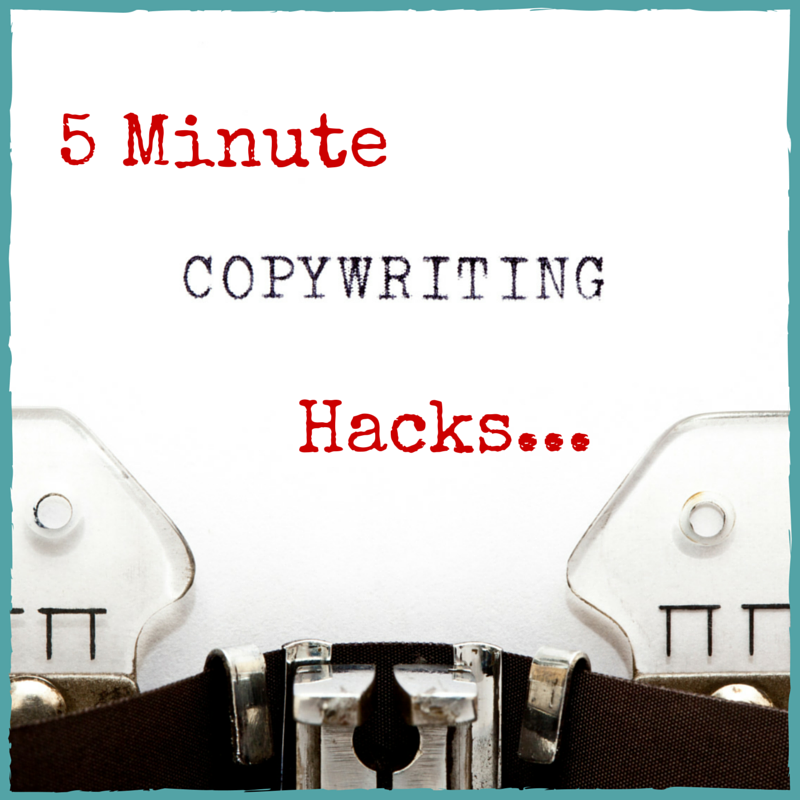
Using a bad analogy in your marketing content is like giving a presentation while naked. People might hear the occasional point you want to make, but they’ll be massively distracted and slightly confused.
Story-telling in marketing is so powerful, so it’s tempting to use an analogy in your sales copy to sell the benefits of what you have, make you stand out and make you memorable.
But you’ve got to choose the right kind.
Bad analogies: don’t squeeze into the story
While some analogies increase the value of your offer, others can feel like you’re wearing too tight clothes: uncomfortable, restrictive and prone to unsightly bulges.
The problem occurs when you come up with the story first, and try to make your product fit into it.
A cracking example of this was a comedy character from a sketch show in the UK. “Swiss Toni” is a used car salesman and constantly imparts wisdom onto his employee.
Every single piece of advice he gave, no matter what it is, uses the same analogy: making love to a beautiful woman.
The below clip is one of the more safer ones I could choose. 🙂
This is an extreme example, but it highlights the absurdity of trying to make everything fit the analogy.
In marketing copy though I have seen businesses use analogies that just don’t fit well because, like in the video, the 2 examples aren’t comparable.
How to avoid squeezing into the story
Very quickly, ask yourself:
-
Does the analogy mirror something your customer already understands and agrees with?
-
Does it amplify the perceived value of your offer?
1. Build on what they already know (and like)
If I’m talking to my husband, (a banjo-maker) about content marketing, I’ll often translate it into some kind of banjo analogy. It works, and not just because I get his attention by saying the word ‘banjo’ but because I give him familiar hooks that he understands.
Let’s say you’re a printing firm, and you’re advertising your choice of brochures.
You might mention to your customers that you know they understand the value of making a strong, first impression. You might use the analogy of arriving at a networking event and making sure their clothes or style matched the professional image they wanted to present. You could then easily talk about how a professionally printed brochure makes the same professional impression on a prospect, even when they’re not there.
It basically works like this:
-
Hey, here’s something you already agree with (personal image can help make a good impression)
-
In which case, this should also make sense to you (the image of your marketing materials can also help make a good impression)
2. Amplify the value
I was working on a sale page for a fab, best-selling author who was launching an online business coaching resource. After researching the materials and seeing what people received, I suggested that we position the course as going to college or university.
It worked because there were similar themes between the resource and college:
- Customers would have a lively community of peers
- There was a foundational course as well as specialist courses they could choose depending on their interests and goals
- There were regular live events, similar to seminars
- Members had access to mentors and tutors
As we developed this theme throughout, it achieved 2 things:
- It built the excitement and anticipation by getting customers to imagine the excitement of starting college or university
- It increased the perceived value when customers compared it to the cost of actually taking a business course at college
Can you align your business with something your customer already holds in high esteem? Can you get them nodding along to a concept and then explain why what you have is just the same? That is the key to a strong, persuasive analogy.
Struggling to find a powerful analogy for your product or service? Pop your questions or challenges in the comments below.

Yup … gotta speak your customer’s language, and also avoid analogies that might offend them as well! Excellent as always!
Thanks so much for commenting Reba! Not offending your reader is a biggie – forgot to mention that, thanks! 😉